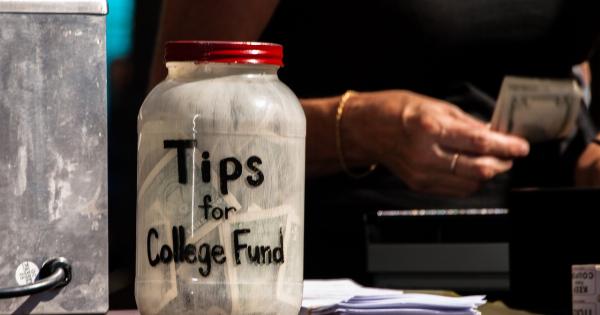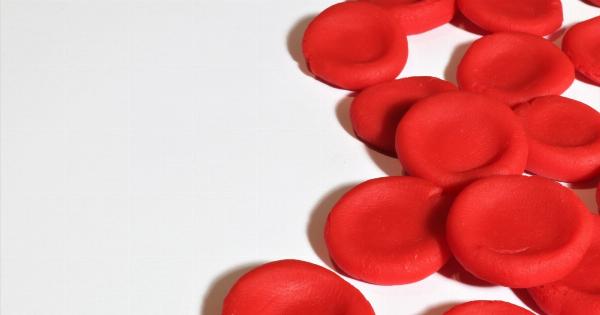In today’s fast-paced world, it’s easy to overlook the impact a simple act of generosity can have on someone’s life. One such act, blood donation, holds immense power as it can save lives and provide a second chance to those in need.
This is the heartwarming story of two children who were given precisely that – a second chance at life – thanks to the selfless act of blood donation.
A Race Against Time
Meet Sarah, a 7-year-old girl with a rare blood disorder that left her weak and in constant need of blood transfusions. Her body struggled to produce enough healthy red blood cells, making her vulnerable to infections and severe fatigue.
Sarah had spent most of her life in and out of hospitals, her parents anxiously searching for a solution to her condition.
The Gift of Life
Fortunately, Sarah’s medical team informed her family about the possibility of blood transfusions, a procedure that could significantly improve her quality of life.
Blood transfusions involve transferring healthy blood and its components from a donor to a recipient, effectively replenishing the recipient’s blood supply with vital nutrients and oxygen.
John, a 40-year-old accountant, heard about Sarah’s condition and the urgent need for blood donors. He made a decision that would shape not only Sarah’s life but also his own.
John walked into the local blood bank, ready to make a positive impact.
The Importance of Blood Donation
Every pint of donated blood holds the potential to save up to three lives. It is this incredible impact that drives blood donation campaigns worldwide.
Blood is a precious resource that cannot be manufactured or replicated; it relies solely on the kindness and compassion of voluntary donors.
Through the process of blood donation, individuals like John contribute to their community’s health and well-being, ensuring a constant supply of blood for transfusions.
From emergency surgeries to ongoing treatments, many medical procedures rely on life-saving blood transfusions.
The Miracle of Matching Blood Types
After undergoing the required screening process, John discovered that his blood type was a compatible match for Sarah. This meant that his donated blood could directly help her, providing the life-giving support she desperately needed.
Matching blood types is essential in transfusions to avoid complications. Different blood types, such as A, B, AB, and O, possess unique antigens that can stimulate an immune response if incompatible blood is transfused.
O-negative blood, also known as the universal blood type, is often in high demand as it can be given to almost any recipient in emergency situations when there is no time for extensive blood typing.
The Transfusion Process
As John sat in the comfortable chair at the blood bank, the process of blood donation began. A skilled medical professional swabbed his arm with antiseptic, then inserted a sterile needle into a vein.
John felt a slight pinch as the needle went in, signaling the start of a life-saving endeavor.
Meanwhile, Sarah lay on a hospital bed nearby, weak and pale, waiting for the transfusion that would infuse her body with healthy blood.
The transfusion process involves carefully matching the donor’s blood to the recipient’s blood type and conducting various tests to ensure safety and compatibility.
Within a few hours, John’s blood made its way into Sarah’s body through a precisely regulated drip, slowly restoring her red blood cell count and providing her with renewed strength and vitality.
A Second Chance at Life
The positive effects of the blood transfusion were almost immediate. Sarah’s pale face began to regain color, and her energy levels showed significant improvement.
With regular blood transfusions, Sarah’s health and quality of life steadily improved, allowing her to experience the joys of childhood she had missed for so long.
John’s act of selflessness not only changed Sarah’s life but also brought immense fulfillment to his own.
The knowledge that his donated blood rejuvenated a young girl filled him with a sense of purpose and inspired him to shed light on the importance of blood donation within his community.
An Ongoing Commitment
Stories like Sarah’s highlight the ever-present need for blood and emphasize the importance of regular blood donation.
Blood banks rely on the voluntary contributions of individuals who show up consistently, allowing a continuous supply of blood to be available for transfusions, surgeries, and medical treatments.
It is crucial for the community to be aware of the ongoing demand for blood and the impact that their generosity can have on individuals like Sarah.
Donating blood regularly ensures that blood banks can maintain sufficient stocks and provide immediate aid to those in critical need.
Blood Donation: Everyone Can Make a Difference
Blood donation is an act of kindness and compassion that anyone can undertake. People of all ages and backgrounds can contribute to the well-being of their community by donating blood and becoming part of the life-saving network of donors.
Organizations like the American Red Cross, the International Red Cross and Red Crescent Movement, and various medical institutions continuously emphasize the importance of blood donation and encourage individuals to become regular donors.
The Ripple Effect of Generosity
The story of Sarah and John exemplifies the profound impact that blood donation can have on both the recipient and the donor.
From Sarah’s second chance at life to the fulfillment John found in his act of generosity, blood donation creates a ripple effect of positive change within our communities.
The power of blood is immeasurable, and each individual who selflessly gives their blood plays an essential role in saving lives and providing hope.
Don’t underestimate the impact of your actions; by donating blood, you too have the power to give someone a second chance at life.




























